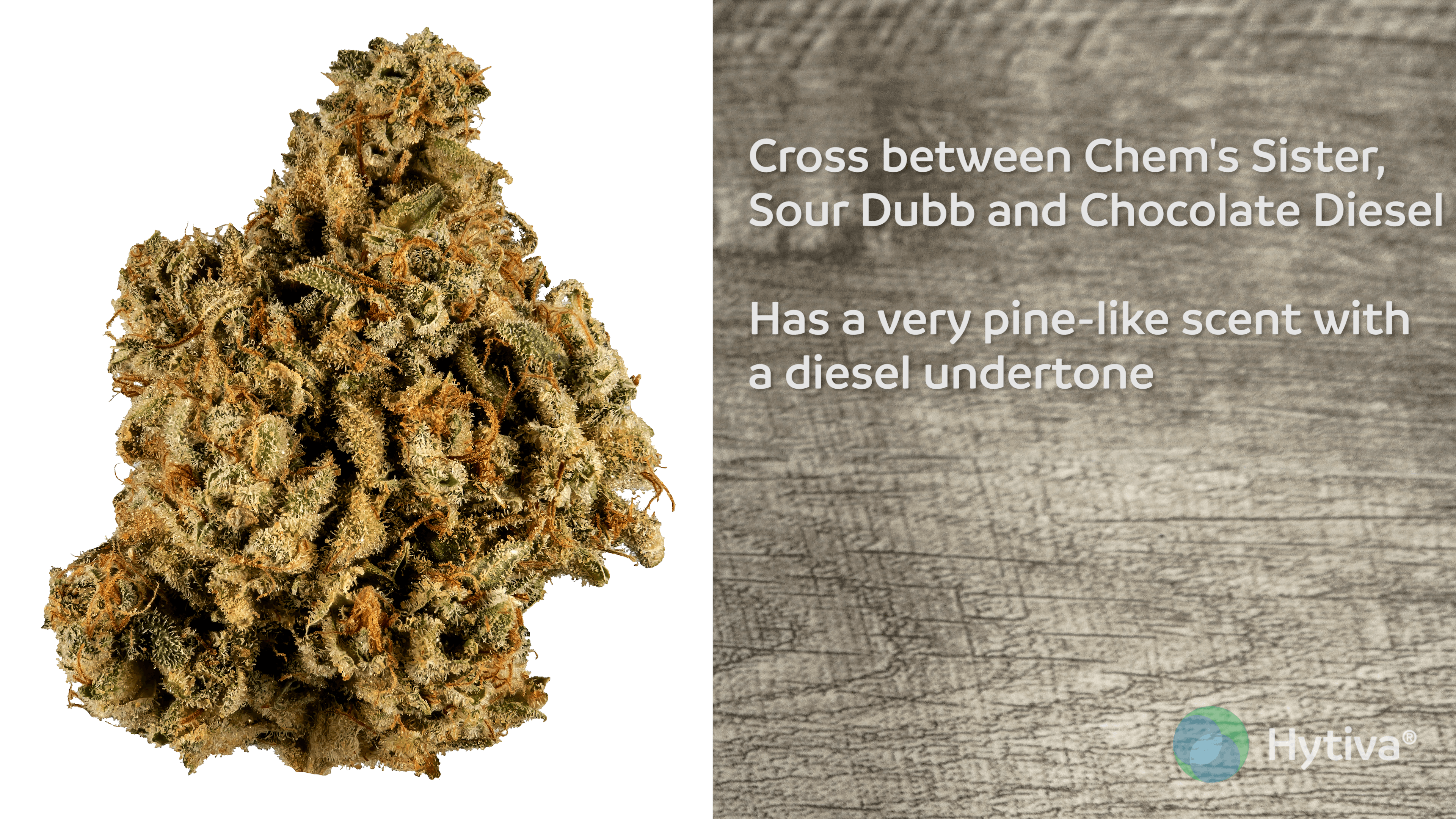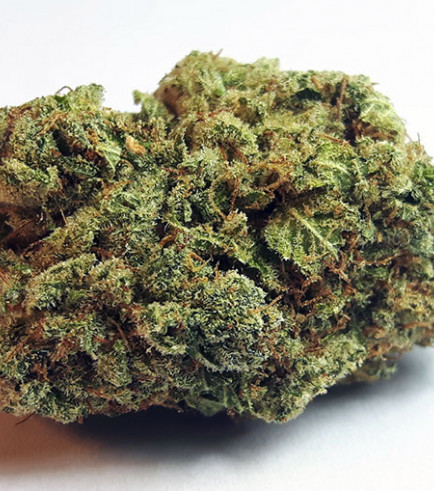
Immediately after extrusion, Rayleigh instability reconfigures the aggregate liquid, which coalesces into sticky droplets evenly distributed along the capture spiral thread ( Edmonds and Vollrath, 1992 Jain et al., 2018). These spigots flank a flagelliform spigot resulting in each of the flagelliform fibers being coated with aggregate material before the two fibers merge to form a larger cylinder. This is especially true of the chemically sticky aqueous glue of orb weavers synthesized in aggregate glands, which open on spigots on each of a spider’s posterior lateral spinnerets. This causes the thread to bow and sum the adhesion of multiple glue droplets in suspension bridge fashion ( Opell and Hendricks, 2009 Guo et al., 2018, 2019).Īs polymeric substances made largely of protein, spider silks are excellent examples of soft matter.


Amorphous proteins in a droplet’s outer aqueous layer ( Amarpuri et al., 2015a) adhere to a surface and, as force is applied, these outer layer proteins transfer force to the droplet’s viscoelastic protein core ( Sahni et al., 2010), in a manner that is not well understood, causing the core to extend and transfer force to the flagelliform fibers ( Opell et al., 2022). In turn, properties of a capture thread’s components are scaled with each other across species, the stiffness of the pair of supporting flagelliform fibers is correlated with the stiffness of the adhesive protein cores of its glue droplets ( Figure 1 Opell et al., 2021 Kelly et al., 2022). A web’s stiff frame and radial lines absorb most of the force of prey impact, allowing its more elastic, adhesive capture thread spiral to retain prey until a spider can subdue them ( Kelly et al., 2011 Eberhard, 2020). The threads that form an orb web are biomechanically integrated at multiple levels of organization to optimize prey capture. This clade contains orb weaving spiders and other web building spiders derived from orb weaving ancestors. Nowhere is silk innovation more evident than in the hyperdiverse superfamily, Araneoidea, which represents ~25% of all described spider species ( Jäger, 2012 World Spider Catalog, 2022). Spiders rank in the top five of the most species rich animal orders and much of their evolutionary success has been attributed to evolutionary innovations in silk types and their use ( Bond and Opell, 1998 Bond et al., 2014 Fernández et al., 2018 Coddington et al., 2019). The ability to selectively express different glue protein genes and/or to extrude their products at different rates provides a faster mechanism to evolve material properties than sequence evolution alone. trifasciata.ĭiscussion: Cysteines form disulfide bonds that, combined with the higher potential for electrostatic interactions between AgSp1 and AgSp2, could contribute to the greater stiffness of A. argentata glue included 11 members of a newly discovered cysteine-rich gene family, versus 7 members in A. Additionally, AgSp1, which has highly negatively charged regions, was ~2X as abundant as the positively charged AgSp2 in A. For instance, the aggregate spidroins (AgSp1 and AgSp2) accounted for nearly half of the detected glue composition in A. However, the relative contribution and number of gene family members of each homologous group differed. Each species’ glue included ~30 aggregate-expressed proteins, most of which were homologous between the two species, with high sequence identity. Argiope argentata protein cores were many times stiffer and tougher than A.

trifasciata and have proportionately smaller viscoelastic protein cores, which incorporate a smaller percentage of absorbed water as humidity increases. argentata are less hygroscopic than those of A. Methods: Using biomechanics, gene expression data, and proteomics, we characterized the glue’s physical properties and molecular components in two congeners that live in different environments, Argiope argentata (dry southwest US) and Argiope trifasciata (humid southeast US). Protein components and their post-translational modifications confer stickiness to the glue, but the identities of these proteins have not been described for orb web weavers. Aggregate glue is an environmentally responsive material that has evolved to perform optimally around the humidity at which a spider forages. Introduction: Orb web and cobweb weaving spiders in the superfamily Araneoidea are distinguished by their ability to make a chemically sticky aqueous glue in specialized aggregate silk glands. 4Department of Chemistry and Biochemistry, Washington and Lee University, Lexington, VA, United States.3Institute for Comparative Genomics, American Museum of Natural History, New York, NY, United States.2Department of Biological Sciences, Virginia Tech, Blacksburg, VA, United States.



 0 kommentar(er)
0 kommentar(er)
